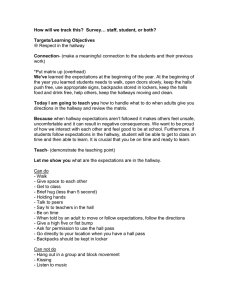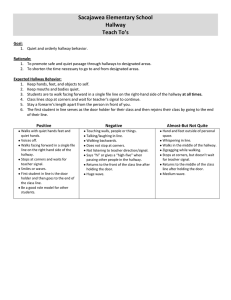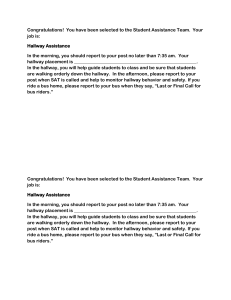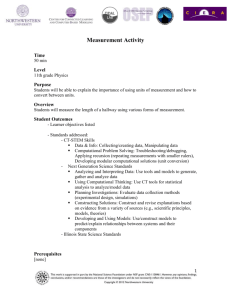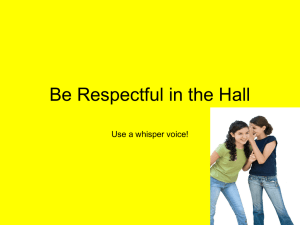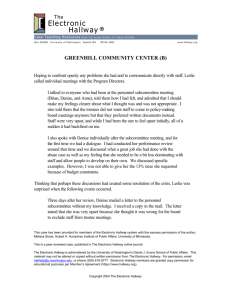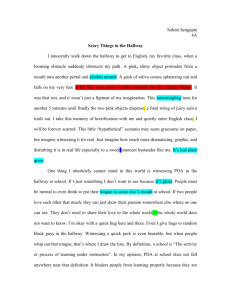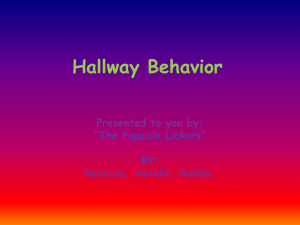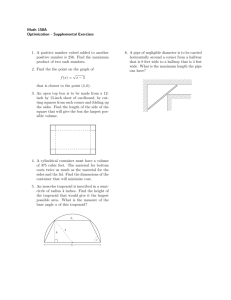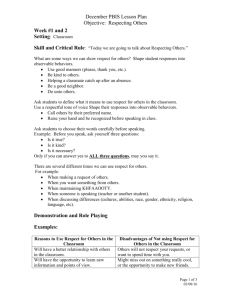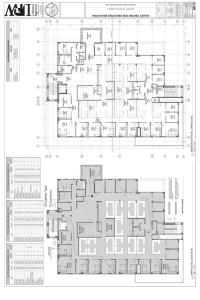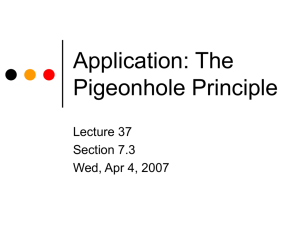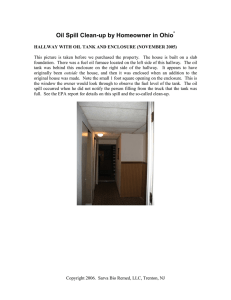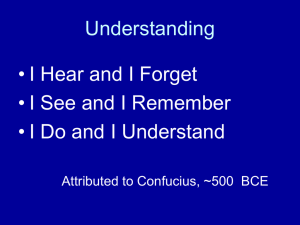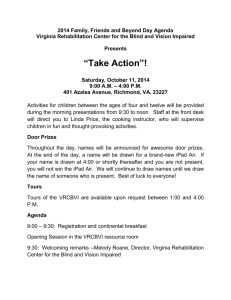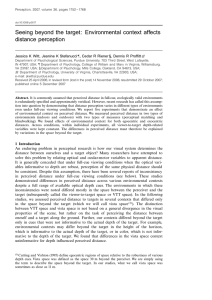Outlining with Sentences
advertisement
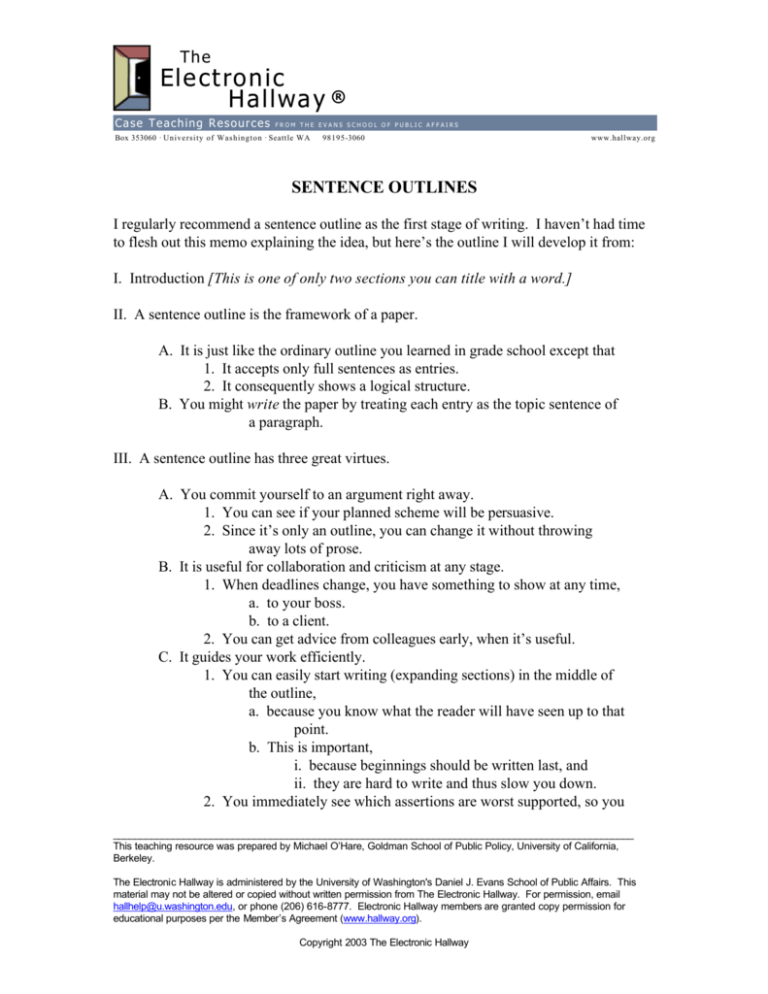
Th e El e c t ro n i c Hallwa y ® Case Teaching Resources FROM THE EVANS SCHOOL OF PUBLIC AFFAIRS Box 353060 · University of Washington · Seattle WA 98195-3060 www.hallway.org SENTENCE OUTLINES I regularly recommend a sentence outline as the first stage of writing. I haven’t had time to flesh out this memo explaining the idea, but here’s the outline I will develop it from: I. Introduction [This is one of only two sections you can title with a word.] II. A sentence outline is the framework of a paper. A. It is just like the ordinary outline you learned in grade school except that 1. It accepts only full sentences as entries. 2. It consequently shows a logical structure. B. You might write the paper by treating each entry as the topic sentence of a paragraph. III. A sentence outline has three great virtues. A. You commit yourself to an argument right away. 1. You can see if your planned scheme will be persuasive. 2. Since it’s only an outline, you can change it without throwing away lots of prose. B. It is useful for collaboration and criticism at any stage. 1. When deadlines change, you have something to show at any time, a. to your boss. b. to a client. 2. You can get advice from colleagues early, when it’s useful. C. It guides your work efficiently. 1. You can easily start writing (expanding sections) in the middle of the outline, a. because you know what the reader will have seen up to that point. b. This is important, i. because beginnings should be written last, and ii. they are hard to write and thus slow you down. 2. You immediately see which assertions are worst supported, so you ________________________________________________________________________________________________ This teaching resource was prepared by Michael O’Hare, Goldman School of Public Policy, University of California, Berkeley. The Electronic Hallway is administered by the University of Washington's Daniel J. Evans School of Public Affairs. This material may not be altered or copied without written permission from The Electronic Hallway. For permission, email hallhelp@u.washington.edu, or phone (206) 616-8777. Electronic Hallway members are granted copy permission for educational purposes per the Member’s Agreement (www.hallway.org). Copyright 2003 The Electronic Hallway know where to invest research time (see IV.B.4). IV. Sentence outlines are hard to write but the obstacles are illusory, or at least tractable. A. They take more time and thought than topic outlines. 1. You have to do this thinking anyway. 2. You wind up ahead in the long run. B. It’s stressful to write down conclusions and assertions that you aren’t able to support yet. 1. No-one ever said writing was easy. 2. You know more than you think, even if you can’t prove it yet. 3. Keep telling yourself “I can always insert the word not in this sentence if I find I guessed wrong.” 4. You can mark especially rubber-kneed entries and qualifications with special symbols or distinctive typography. (Maybe not; what if I have to send the outline as an e-mail message…) V. Conclusions [This is the other non-sentence heading.] A. Always make a sentence outline before you write more than a few pages of anything except a poem or a love letter. B. Insist that your subordinates do the same. 2
